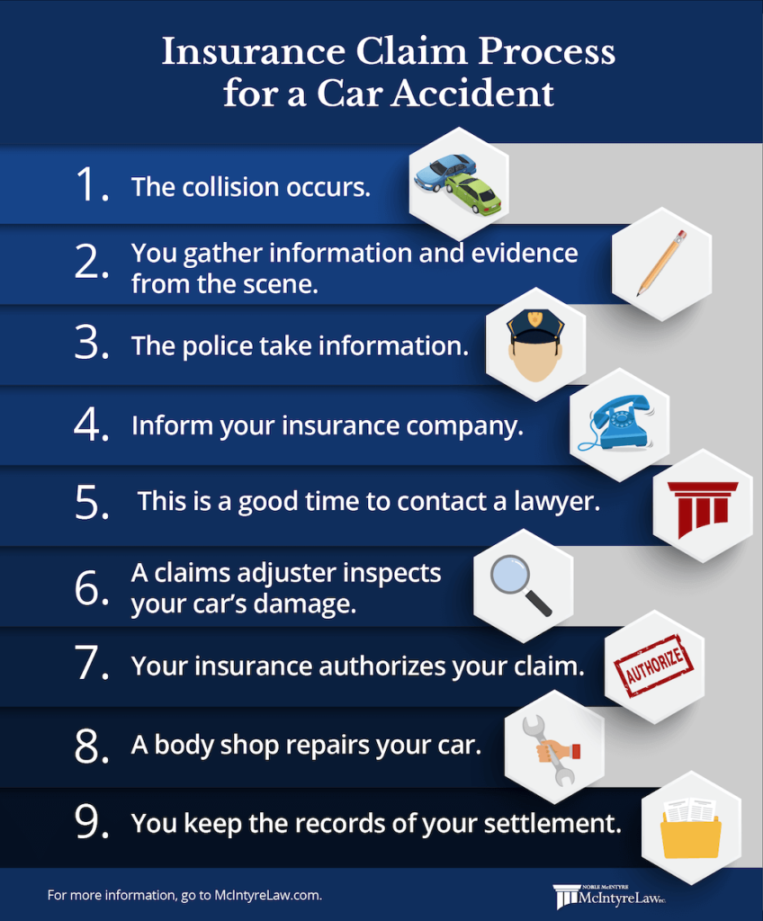Navigating the Maze: Understanding the Auto Insurance Claims Process
Dealing with an auto accident is stressful enough. Add to that the often-confusing process of filing an insurance claim, and it’s easy to feel overwhelmed. However, understanding the steps involved can significantly ease the burden and ensure you receive the compensation you deserve.

Your priority after an accident is safety. Check for injuries and, if necessary, call 911. If possible, move your vehicle to a safe location away from traffic. Exchange information with the other driver(s), including:
Full names and contact information
Document the scene thoroughly. Take photos of the damage to all vehicles, the accident location, and any relevant road conditions. If there are witnesses, get their contact information.
Promptly contact your insurance company to report the accident. Most insurers have a 24/7 claims hotline or online portal. Provide them with all the information you gathered at the scene, including:
The date, time, and location of the accident
Be honest and accurate in your description of the accident. Withholding or misrepresenting information can jeopardize your claim.
Your insurer will assign a claims adjuster to investigate the accident. The adjuster may:
Review the police report (if one was filed)
The adjuster will determine who was at fault and the extent of the damage. This process may take some time, depending on the complexity of the accident.
Once the investigation is complete, your insurer will authorize repairs. You may be able to choose your own repair shop, or your insurer may have a network of preferred shops. Discuss your options with your adjuster.
Estimates: Ensure you receive a detailed estimate of the repair costs.
After repairs are complete or a total loss is determined, your insurer will issue a settlement payment. Review the settlement offer carefully and ensure it covers all your damages, including:
Vehicle repairs or replacement
If you disagree with the settlement offer, you can negotiate with your insurer or seek legal advice.
Throughout the claims process, maintain detailed records of all communication with your insurer, including:
Dates and times of calls
This documentation will be invaluable if you need to dispute any aspect of your claim.
Auto insurance claims can be complex, but by staying informed and proactive, you can navigate the process with greater confidence. Don’t hesitate to ask your insurer questions and seek clarification on any aspect of your claim. Remember, you have the right to fair compensation for your damages.
Understanding each step of the auto insurance claim process, from the immediate actions at the accident scene to the final settlement, empowers you to handle the situation effectively and efficiently.
